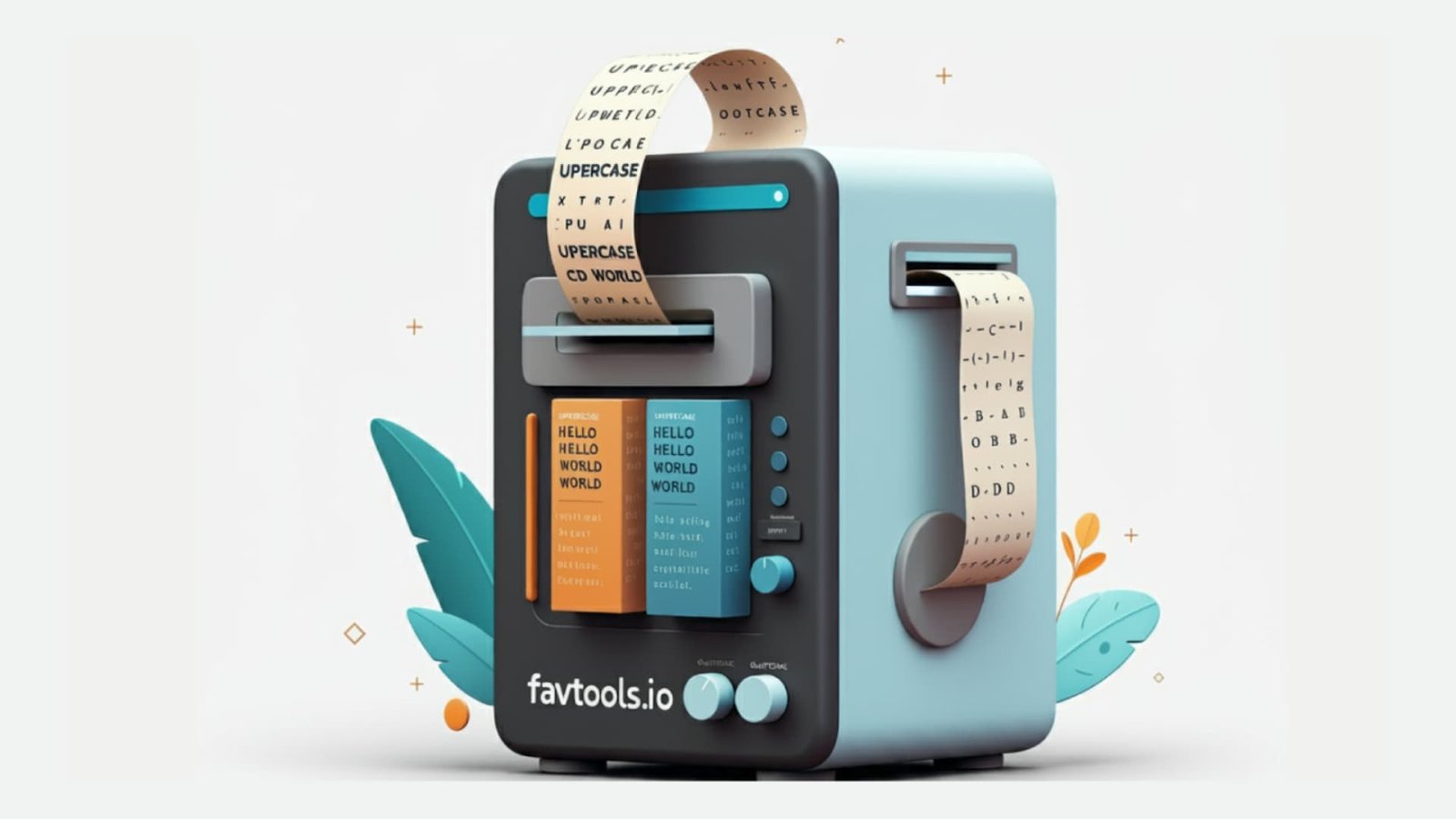
Hey word masters! Have you ever found yourself midway through writing a letter and struggled between choosing caps and shouting out ideas in ALL CAPS? Although it could seem like a small issue, formatting one's work could help to convey the point really greatly!
The four main text styles—UPPERCASE, lowercase, Capitalize, and Sentence case—are broken out in this post. Along with learning what each of these formats denotes, you will also know when and why to use them. So grab your preferred drink, curl in, and let us explore the interesting realm of text layout. You will never write the same once more!
UPPERCASE writing form; writing in which all the letters in a word or sentence are in capitals. The format is basically used in writing for emphasis, headings, or making certain text catch the attention of a person.
Characteristics of UPPERCASE
UPPERCASE is a writing style that uses only capital letters for clarity, emphasis, and visual impact.
Example in Context
The term lowercase refers to the write of style where words or sentences contain all their letters in their small letter forms, contrary to capital writing. The format is the standard way of writing most text in the English language, just like many other languages.
Characteristics of Lowercase
Lowercase is the conventional and most readable form of writing in many circumstances as most text employs tiny letters.
Here are characteristics of the lovercases;
Example in Context
Capitalize means changing the first letter of a word to uppercase or capital while the rest remains in lowercase; this is applied in writing for the beginning of sentences, proper nouns, and emphasizing any particular word.
Characteristics of Capitalize
Correct grammar and clarity in writing depend on a word being capitalized—that is, changing its first letter to uppercase while maintaining the lowercase letters throughout.
Here are some characteristics of Capitalized words;
Example in Context
Sentence case
Sentence case is a style of writing in which only the first letter of the first word is capitalized, with any proper nouns also capitalized, but all other letters in lowercase. It refers to general writing and is the standard format for most sentences in English.
Characteristics of Sentence Case
In sentence case, a writing style in which all other letters are in lowercase and the initial letter of each word in a sentence and any proper nouns are capitalized,
Here are the some characteristics of Sentence case;
Examples in Context
Output: Harry Potter is a popular book series
Methods to Change Case
Case is also really important in text, especially for making it more readable and even formatting documents or adhering to specific style guidelines. If you need to change the case of text, there are several methods ranging from online tools and quick built-in features in popular word processors to programming languages kitchen sinks and even spreadsheets. This complete guide should help you learn methods to change the text case into UPPERCASE for headers,lowercase for normal sentences or capitalize words in titles along with short-cuts and real-world examples; implemented using Python, JavaScript & Microsoft Word.
Favtools Case Converter allow you to paste text and convert it to different cases.
Word processors are another option for changing the case.You may use Microsoft Word for this purpose.This is how you can accomplish it.
Microsoft Word: Shift + F3 toggles between cases.
Some text editors (like Notepad++) have plugins or built-in options to change the case of selected text.
Excel: Functions like UPPER(), LOWER(), PROPER(), and using a formula to capitalize the first letter of a sentence.
Summary of Case Types
|
Case Type |
Description |
Example |
|
UPPERCASE |
All letters are uppercase |
HELLO WORLD |
|
lowercase |
All letters are lowercase |
hello world |
|
Capitalize |
First letter of each word is capitalized |
Hello World |
|
Sentence Case |
First letter of the first word is capitalized |
Hello world |
You can choose any of these methods based on your requirements or the tools you have available
Would you like to subscribe to our free newsletter?